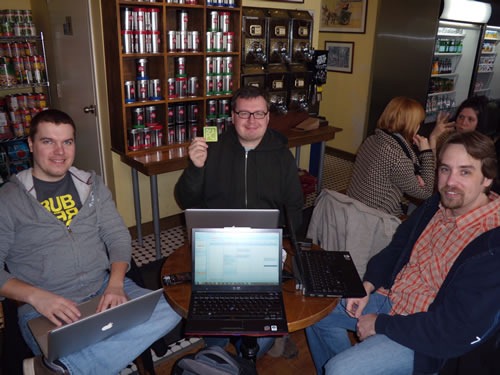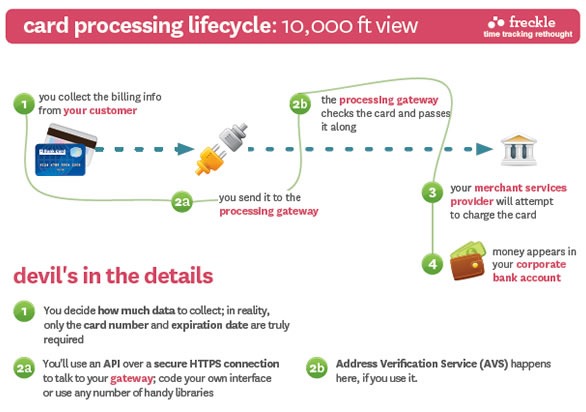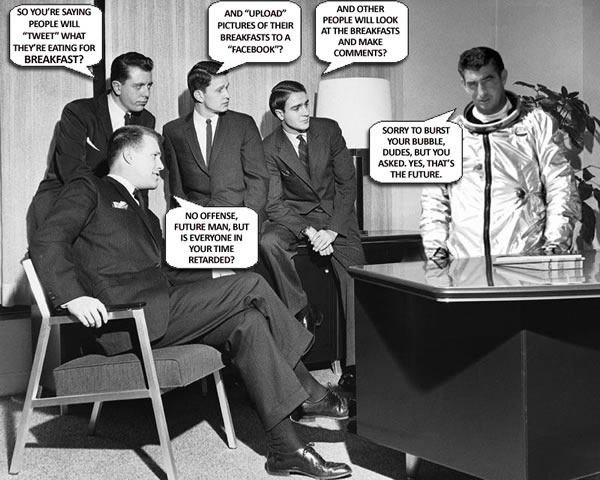 As I mentioned in an earlier post, Ignite Your Career is Microsoft’s webcast series on career, skills and personal development. Having a plan and “sharpening your saw” are two of your three best hedges in these uncertain economic times, and they’re what Ignite Your Career is all about.
As I mentioned in an earlier post, Ignite Your Career is Microsoft’s webcast series on career, skills and personal development. Having a plan and “sharpening your saw” are two of your three best hedges in these uncertain economic times, and they’re what Ignite Your Career is all about.
(In case you were wondering, the third hedge is to have a solid network of friends, colleagues and acquaintances in your areas of interest. That’s what gatherings like EnergizeIT, DemoCamp and Coffee and Code are for.)
Ignite Your Career is about your career and “skills portfolio”, so the topics covered in our webcasts aren’t Microsoft-specific. No matter what platform(s) you work on, no matter if you’re a developer, sysadmin, administrator or manager, if you work in technology, you’ll find value in Ignite Your Career. As for Microsoft, we’re part of the tech ecosystem, and an ecosystem with vibrant, thriving techies is a healthy one, regardless of the tech they choose.
The first Ignite Your Career webcast takes place this Tuesday, March 3rd, from 12 noon to 1 p.m. Eastern and the topic will be Industry Insights and Trends. Here’s the abstract:
The nature of technology is one of continual change; a fact of life for professionals in the ICT industry. As a result, you need to be on top of what is happening in the industry in order to position yourself and your organization to benefit from these trends. This panel discussion will arm you with the information you need from experts in the ICT industry in order to stay on top of your game.
Here are the speakers:
 |
Joel Semeniuk Joel Semeniuk is a founder of Imaginet, a Canada-based Microsoft Gold Partner. He is also a Microsoft Regional Director and MVP in Team System, and INETA speaker, and has a degree in Computer Science. |
 |
Jeff Kempiners Jeff Kempiners is Vice President and Chief Technology Officer for Avanade Canada. As CTO, Jeff is responsible for the strategic direction and adoption of the Avanade Solutions Portfolio within Avanade Canada. A seasoned leader, Jeff has more than 12 years of experience in IT management and consulting. |
 |
Jay Payette
|
All Ignite Your Career webcasts are absolutely free of charge. You’ll need a Windows Live ID (also free; if you have MSN Hotmail, MSN Messenger or Passport, you already have a Windows Live ID) to sign up to see the webcast.
Some links you might find useful:
- Sign up for Tuesday’s Webcast, Industry Insights and Trends.
- Email a question to Tuesday’s presenters.
- Find out more about Ignite Your Career and the upcoming webcasts.










